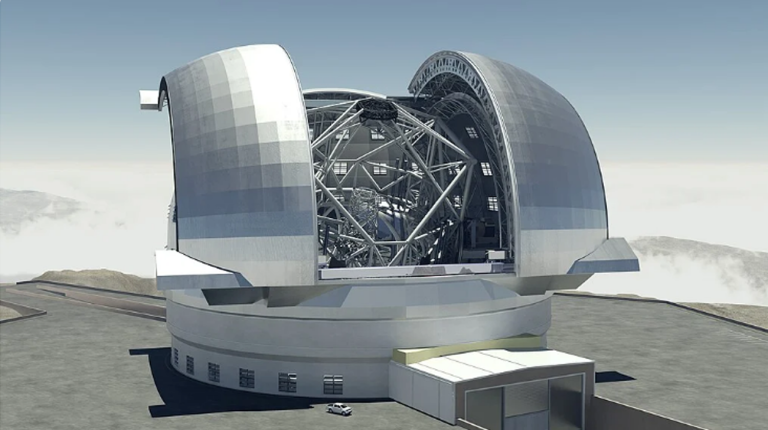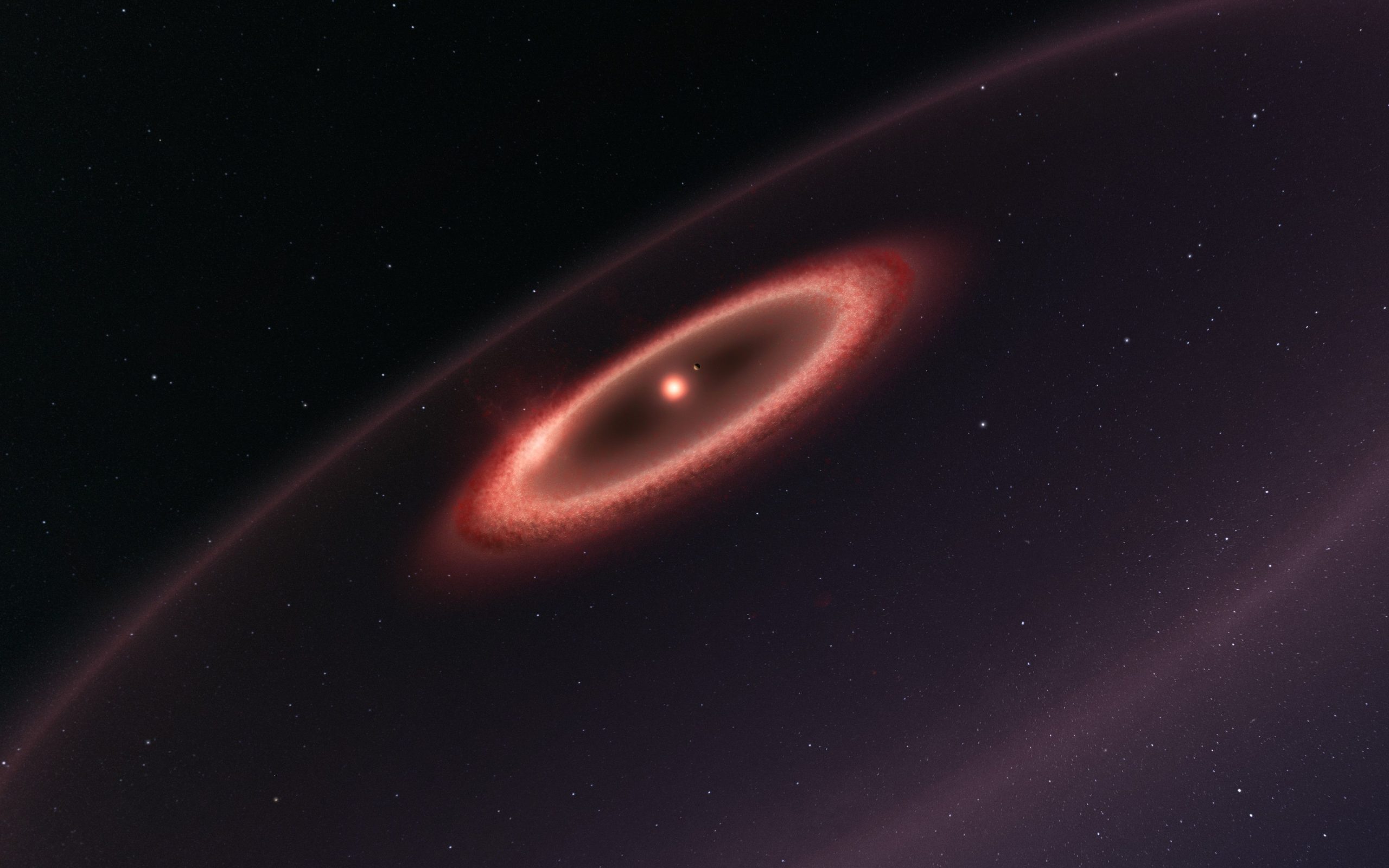The Death Star Won’t Destroy Us—Here’s Why You Can Stay Calm
New observations show that the star system WR104, also known as the Pinwheel Star, is not pointed at Earth. This means that any gamma-ray burst from this system will not harm us. Recent studies have made us feel much safer.
Summary:
-
WR104 is a pair of stars that create a spiral dust pattern.
-
It is sometimes called a “Death Star” but it is not dangerous.
-
The system has two types of stars: a hot Wolf-Rayet star and a massive OB star.
-
New measurements show the stars’ orbit is tilted away from Earth.
-
A tilted orbit means any gamma-ray burst will not hit our planet.
-
The system helps us learn about how stars live and die.
-
Scientists are excited to study WR104 more to understand space better.

Introduction
The universe is full of amazing objects. One of these is the star system called WR104. It is often called the Pinwheel Star because of the spiral shape made by dust and gas. Many people were once worried that this system could send a burst of dangerous energy, like a gamma-ray burst, our way. This burst was compared to the deadly beam of the Death Star in the Star Wars movies. However, new observations tell us that there is no need to worry.
WR104 is located about 8,000 light-years from Earth in the constellation Sagittarius. It is made up of two stars that orbit each other. One of these stars is a Wolf-Rayet star, which is very hot and strong. The other is an OB star, which is also very big and bright. The strong winds from these stars crash into each other and create a beautiful spiral of dust that looks like a pinwheel.
About the WR104 System
The WR104 system is very interesting to scientists. The Wolf-Rayet star has a surface temperature of about 44,000K, which is much hotter than the Sun. The Sun, for example, has a surface temperature of only about 5,700K. The high temperature and strong winds make the WR104 system very unique.
Below is a table that shows some of the main facts about WR104:
| Feature | Description |
|---|---|
| Distance from Earth | About 8,000 light-years |
| Star Types | Wolf-Rayet star and OB star |
| Surface Temperature | Around 44,000K (for the Wolf-Rayet star) |
| Special Shape | Spiral dust pattern that looks like a pinwheel |
| Potential Risk | Gamma-ray burst (now known to be not aimed at us) |
Scientists once thought that the dust spiral looked face-on. This meant that the stars might be pointed toward Earth, and any burst of gamma rays could be dangerous. Later studies, however, showed that the system is tilted by 30 to 40 degrees. Because of this tilt, the harmful beam of energy will not hit Earth. This is a very good thing for us.
The Science Behind the Dust Spiral
The spiral pattern in WR104 is made when the strong winds from the two stars meet. These winds crash into each other and create dust that spreads out in a spiral shape. This process is still not completely understood by scientists. They want to know more about how the dust is formed and why it creates such a clear pattern.
The study of WR104 helps scientists learn about how stars behave when they are very close to each other. It also shows how dust can form in space, which is important for understanding how stars and planets develop over time.
Below is another table that explains the instruments used to study WR104:
| Instrument | Purpose |
|---|---|
| LRIS | Captures images and spectra in visible light |
| ESI | Measures the speeds of the stars using high-resolution data |
| NIRSPEC | Looks at the stars in near-infrared light to study dust |
New Observations Bring Relief
Recent observations from the Keck Observatory have changed our view of WR104. Scientists used three different instruments—LRIS, ESI, and NIRSPEC—to study the system in great detail. They found that the orbit of the stars is tilted. This means that even if one of the stars were to explode in a burst of gamma rays, the beam would not be aimed at Earth.
What Does This Mean for Us?
The most important part of these findings is that Earth is safe. The fear of a gamma-ray burst hitting us was based on an idea that is now proven to be wrong. The tilt in the system shows that the powerful burst of energy, if it ever happens, will not be directed our way.
This finding also helps scientists understand more about how stars and their dust patterns work. By learning more about WR104, researchers can better predict the life cycles of stars and the creation of cosmic dust. This information is very useful for many fields in astronomy.
The Future of WR104 Research
Scientists are not done studying WR104. There are still many mysteries in the system. They plan to use more advanced telescopes and better instruments to gather more data. By studying this unique system, they hope to learn more about the forces that shape our universe.
Future studies will look at:
-
How the dust spiral is formed and maintained
-
The detailed movement of the two stars
-
The role of strong stellar winds in creating cosmic dust
These studies will help us understand not only WR104 but also many other similar systems in our galaxy. The better we understand these processes, the closer we get to answering big questions about the universe.
Facts
-
WR104 is very far away, about 8,000 light-years from Earth.
-
The Wolf-Rayet star in the system is much hotter than our Sun.
-
The spiral dust pattern looks like a pinwheel, which is very rare in space.
-
Scientists use many tools to study WR104, such as LRIS, ESI, and NIRSPEC.
-
Even though WR104 was once called a “Death Star,” it is not a threat to us.



